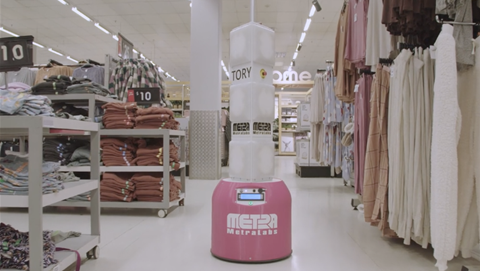One of the most common questions I’m asked at the start of a new project is whether to pay optional support and maintenance fees for the software.

S&M is often a necessary evil, kind of like an insurance policy. It’s the contract your organisation can lean on if all goes pear-shaped.
But at times I’ve seen S&M added as an option for software that doesn’t really require it. I’ve also seen organisations purchase software through an approved capital expenditure process without considering that an additional 22 percent per year S&M charge can add up to a large chunk of your operating budget.
Support and maintenance costs vary from supplier to supplier, and range from around 18-22 percent of the purchase price of the software. This can be a sizable amount when talking a large enterprise app.
For that you normally get access to a support line for technical issues, access to bug fixes and usually release updates.
But is S&M worth it? Here are a few questions you should ask before you negotiate your next contract:
1. When is your support staff available to me?
It’s essential you know where your supplier's support team is and when you’ll have access to them.
- Are those support staff within the same time zone?
- Do you need your calls answered within your hours of operation, or 24x7?
- Can the software vendor meet those demands?
- Are there additional costs associated with supporting a complex application with custom configurations (such as ERP?)
You may also want to question the vendor around what response times you expect when logging a support incident.
- Are there response categories that you can choose for impact, such as low, medium, high or critical?
- Are there penalties for the software vendor in terms of breaching those response times?
Give yourself some comfort in knowing what to expect when the worst happens.
2. Bug fixes? Isn’t that free?
Maintenance components can take on many aspects of the application. After years of implementing multi-vendor applications I have found that there is a great divide in what you can get access to, and that is often hidden in the fine print.
At its core, maintenance usually gives you access to software updates and subsequent releases. Bug fixes should generally be part of any software purchase regardless of a support and maintenance contract. It won’t hurt to ask and make sure.
Software updates are typically also made available to all customers and would generally be available in a secure area on the software vendor’s website. Generally, updates fix known performance issues and provide enhancements to the application.
Some vendors may offer custom updates depending on your circumstances and needs. But one thing to be careful of - that requires a keen bean at your end, somebody that can manage your application to ensure future releases don’t mess up your modifications.
3. How often do you release updates?
Software vendors usually release updates as either cascading dot releases or as full releases. A dot release would take you from 2.3 to 2.4 for example and a full release from 2.3 to 3.0.
Again, check to make sure your maintenance agreement allows for full release upgrades. When spending money on maintenance, it is good to ask what the release cycle is of the application and when you might expect the next release to be available. Make sure they are working for the money you are spending in improving on what you have invested in!
If the vendor only offers a three-year full release cycle, you might want to weigh up whether the amount you spend is worth the wait.
If you feel that maintenance is not required, check to see whether a support-only contract is available and that it’s priced accordingly.
4. Do I really need this?
At the end of the day, do some research and don’t be afraid to ask some simple questions.
Often you may find that you don’t need maintenance and that could save your organisation considerably.
But if you do go down that path, be aware that if you do suddenly decide that you need support and maintenance, many vendors will ask you to retrospectively pay for the years you were not covered.
But then again, vendors tend to always want your continued business. You’re always able to negotiate.
Paul Jones is a technical consultant based in Melbourne. He can be found on Twitter @paulmurdochj.



_(22).jpg&h=140&w=231&c=1&s=0)
.png&h=140&w=231&c=1&s=0)




_(26).jpg&w=100&c=1&s=0)

 iTnews Executive Retreat - Security Leaders Edition
iTnews Executive Retreat - Security Leaders Edition












_(1).jpg&h=140&w=231&c=1&s=0)



